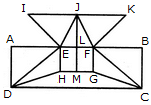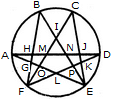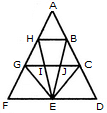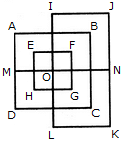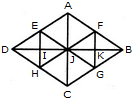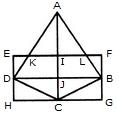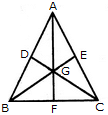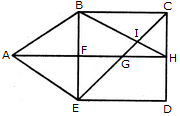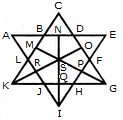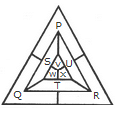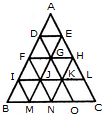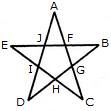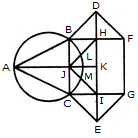Analytical Reasoning Quiz I, Non Verbal Reasoning - Railways MCQ
15 Questions MCQ Test - Analytical Reasoning Quiz I, Non Verbal Reasoning
Find the number of triangles in the given figure.


Find the minimum number of straight lines required to make the given figure.


Find the number of triangles in the given figure.


Find the number of triangles in the given figure.

Find the minimum number of straight lines required to make the given figure.

Find the number of triangles in the given figure.

Find the number of triangles in the given figure.

Find the number of triangles in the given figure.

Find the number of triangles in the given figure.

Find the number of triangles in the given figure.

What is the minimum number of colours required to fill the spaces in the given diagram without any two adjacent spaces having the same colour?

Find the minimum number of straight lines required to make the given figure.
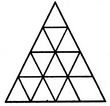
Find the number of triangles in the given figure.

Find the number of triangles in the given figure.

Find the number of triangles in the given figure.




